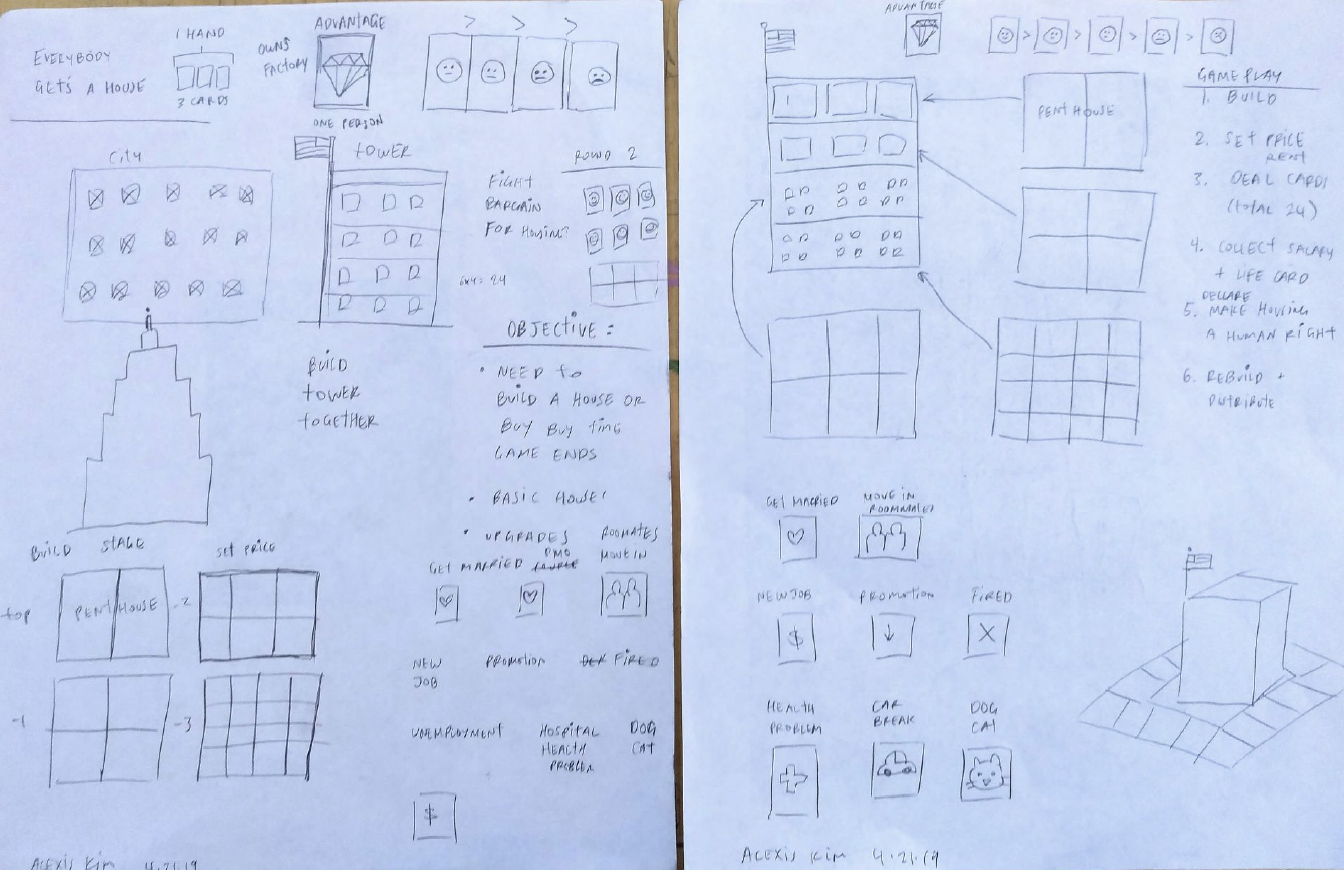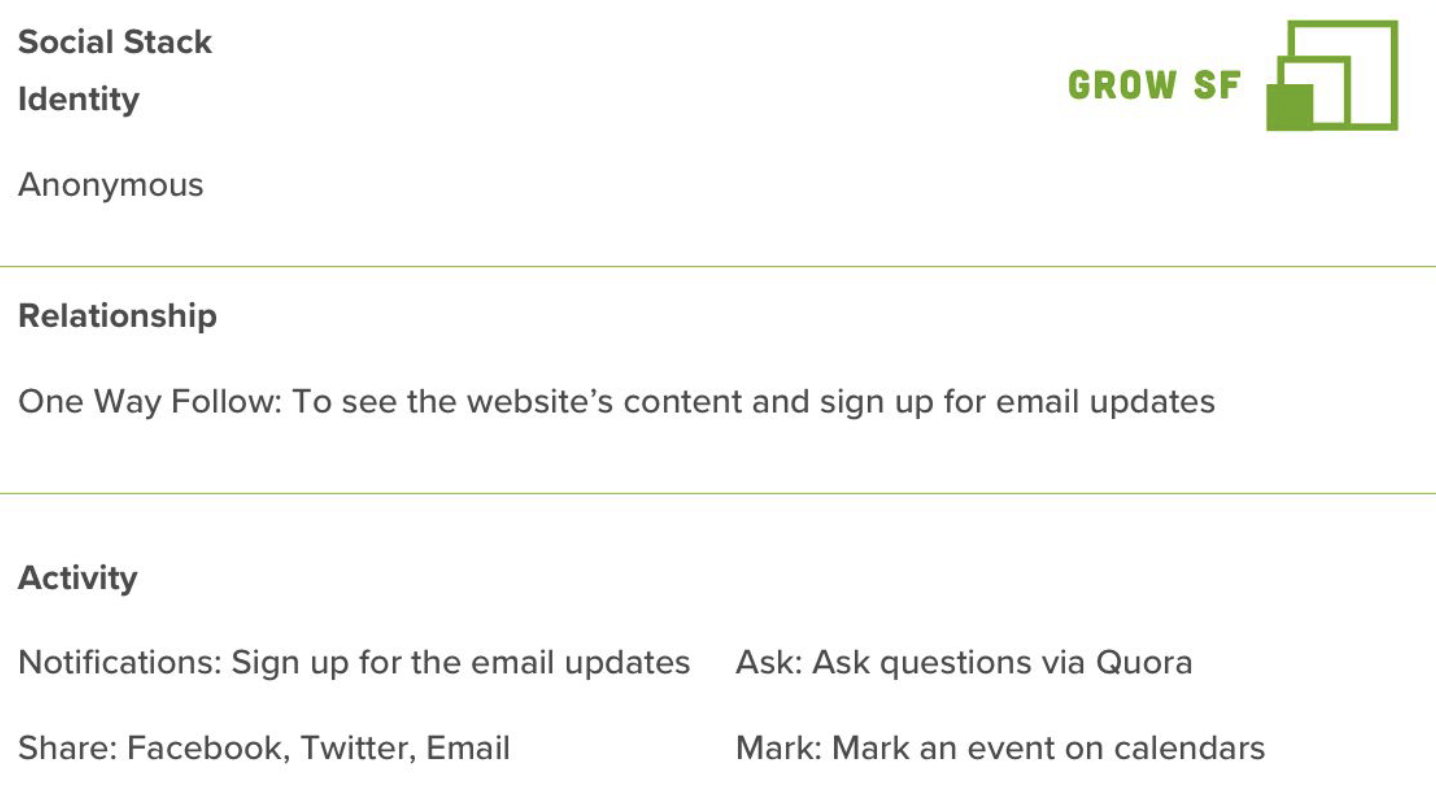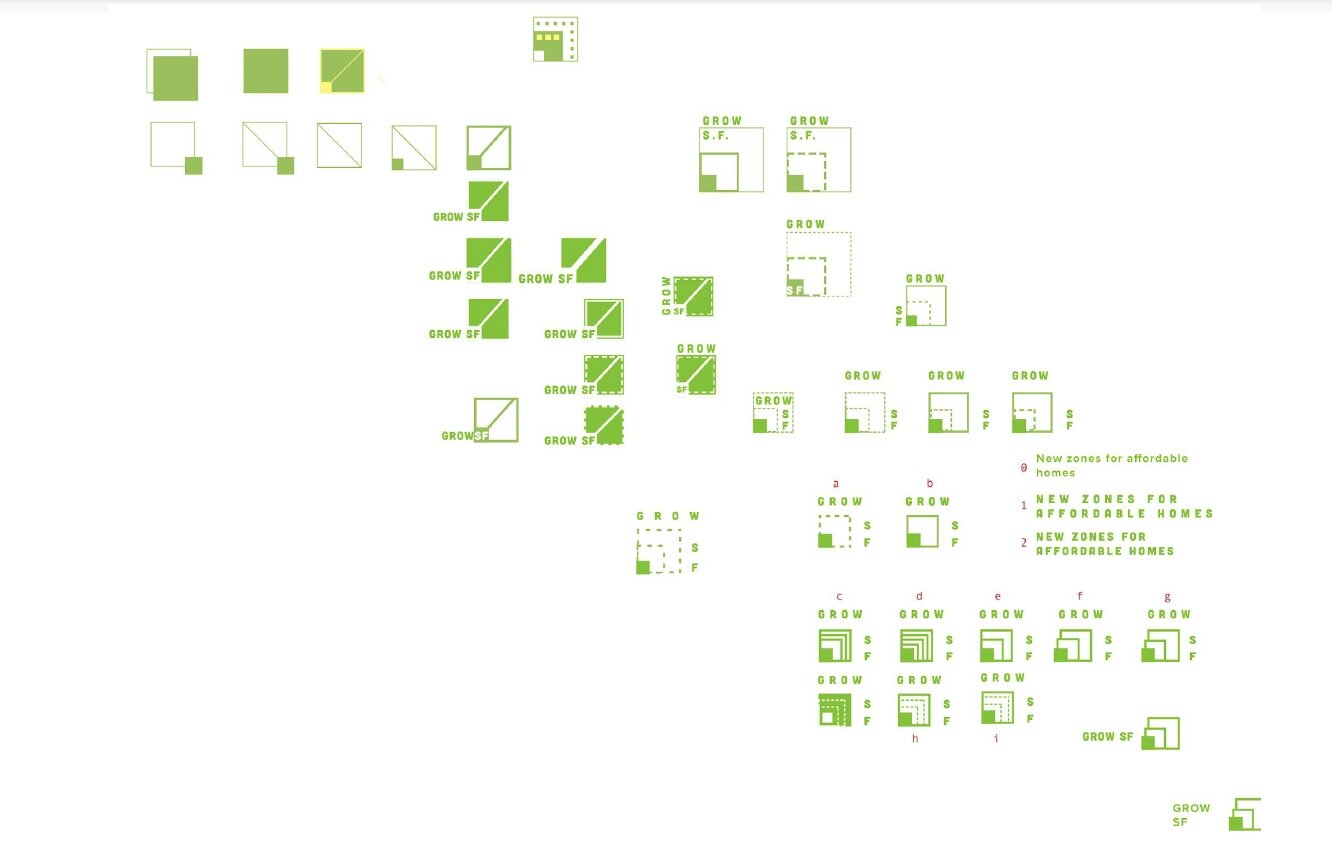Affecting Change in Complex Systems
Summary
We are asked to identify a pain point and develop a solution that could aid in solving a problem within areas we are interested in (Housing). By using systematic design approach, my team is asked to deliver mutiple system diagrams, models and social strategy canvas to illustrate the privacy, identity, relationships and the types of activities that influence desired behaviors within the system.
Team Involvement
Ted Huang - Lead Designer Alexis Kim - Lead Designer
Skills and models
Branding | Visual Design | Design Research | UX Design | Prototyping | System Model | Information Model | social strategy canvas
Project Length
Three Weeks (Spring 2019)
Problem Statement
According to a Pew Research Center analysis of Census Bureau housing data, the total number of households in the United States grew by 7.6 million between 2006 and 2016. But over the same period, the number of households headed by owners remained relatively flat, in part because of the lingering effects of the housing crisis.
Specifically, in San Francisco, supply does not meet demand. While wealth inequality raises the price of homes in highly desirable locations, the city’s zoning laws has restricted construction and disincentivized developers to build affordable houses. Lower risk and higher profit margins gained by focusing on luxury residences.
How might we - make San Francisco housing more afforable for all?
Design Process
User Research
Primary Research
For primary research, immediately, we wanted to understand San Francisco residents’ acknowledgment of the housing crisis and zoning laws.
Interview Insights
Acutely Aware of Wealth Disparity:
Understand that there is a huge wealth disparity due to the Tech Boom which drives up prices for scarce housing.
Aware of Inventory shortage:
Are aware of shortage of housing; Are aware of rent control; No awareness of zoning laws.
Secondary Research
For secondary research, we finalized and analyzed six online resources about the housing crisis that included: the household ratio comparison of the median-income vs. high-income residency; the updated demand of house creation; the overall San Francisco housing production by decades.
Concept Development
Ideation
As a team, we started with brainstorming some fundamental ideas on the whiteboard about housing in general; also, we were trying to speculate and comprehend, thoroughly, the problematic patterns of each kind that is associated with housing, such as current solutions.
After series of inspiring and surprising discoveries, we dug more profound on the concept of the current “American Dream”: we analyzed and concluded that the current paradigm of the American Dream is, basically, about working very hard to earn a lot of money and ultimately buying big houses without knowing the “background” work.
Therefore, our goal of solving this systematic problem is to create a product that can possibly change people’s mental models (which is the most effective way to intervene in a system) about housing and educate people about some of the affordable housing alternatives.
4 Ideation Iterations Sketch




The first three ideas are interactive board games - we thought about educating the users about housing ownership and how much it would take to buy a house and to pay off one's mortgage.
Another idea is to create a campaign website that educates people about the current housing problem and the solution - change zoning laws to build more apartments and affordable houses.
After several quick user testing on our ideas, we found out that:
Board games are hard to attract people’s interests to learn
Board games can be boring for people who have no desire to play
The campaign website can be easily advertised and exposed in public (such as buses and public spaces)
The campaign website has a call-to-action feature, which triggers people to do something practical about changing the housing system.
Therefore, we decided to bring the campaign website further into our project to manifest our final solution, which is to increase higher density residences by changing zoning Laws.
System Models
During the process of sketching the system models, we decided to provide concept maps, ecosystem map, Stock flow diagram, feedback loops to demonstrate the relationship between people and housing.
American Housing System Concept Map
How to Make Amendments to San Francisco Zoning Laws - Concept Map
Home Ownership by Demographic Ecosystem Model
Stock Flow Diagram: Inventory of Housing
Housing Feedback Loops / Models for Proposed Solution Feedback Loops
Product Design
According to our system models, we wanted to make sure our campaign website is linear, straightforward, and, most importantly - easy to understand for everybody.
In our final product, we provided a single web page with fixed navigation that allows users to skim through or to find information quickly with four different major sections.
Our three core objectives of the website are:
Introducing - raising the awareness of our current housing crisis and its causations.
Reconciling - Instituting the fundamental solutions to make a change.
Call-to-action - providing resources for people and encouraging them to take part.
Other Touchpoints




Conclusion
Thinking Forward
Self-Reflection
Throughout making the concept models, this project has foundamentally helped me to understand the complexity of how any system works. Also, I have gained another persecptive of what makes a product great - while most of the time we are focusing on explicit design, system thinking can benefit many in implicit design, which is essential to any interaction designers - often, we have to think about how one user’s need is effected by many elements that is related.
Project Challenge
We had to pivot our ideas several time, due to the short amount of time was given for the user research. Moreover, the system of housing is relatively substantial, so it was challenging to map out all of the apsect of this particular system. We had to narrow down sections by sections.
Lessons For the Future
It’s never enough to do too many user testings, we would consider to validate our final product with more and diversed users.
















